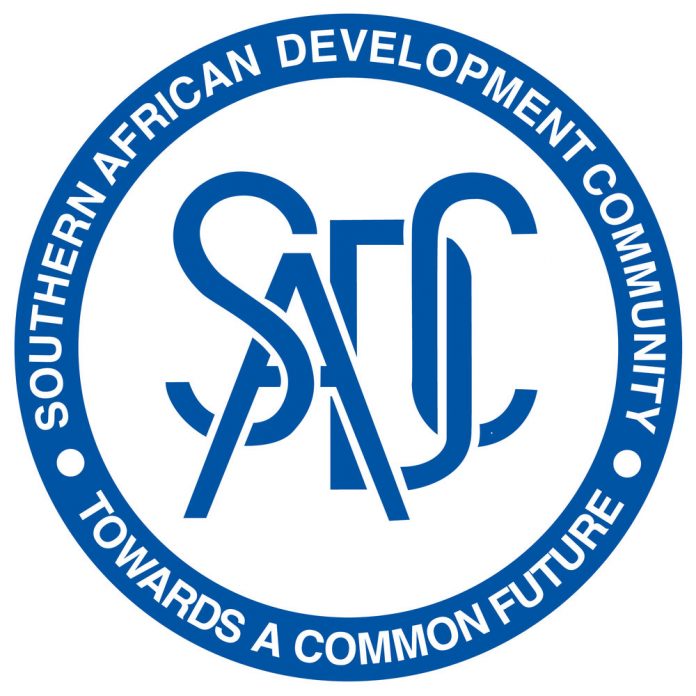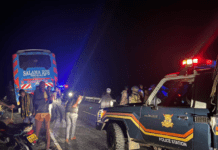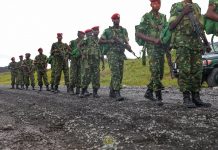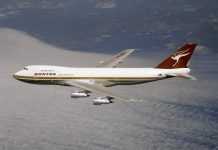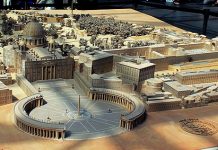List of Regional Blocs in Africa, Their Mandates, and Headquarters
1. Southern Africa Development Community (SADC)
-
- The Southern Africa Development Community (SADC) is a regional block consisting of 16 countries.
- It was formed for the following mandate/objectives;
-
- Regional integration.
- Cultivating peace and security.
- Poverty eradication through economic development in Southern Africa.
-
- SADC headquarters are in Gaborone, Botswana.
Also read: List of All Monarchies Around the World 2023
2. Common Market for Eastern and Southern Africa (COMESA)
-
- The Common Market for Eastern and Southern Africa (COMESA) was formed in 1994 to replace the Preferential Trade Area which had existed since 1981.
- COMESA was created with the objective of forming a free trade area where goods can move freely within the member countries.
- The idea was to form a large common market devoid of inter-state barriers as members develop their countries for the benefit of all.
- Its headquarters are at COMESA Center, Ben Bella Rd, Lusaka, Zambia.
3. East African Community (EAC)
-
- The East African Community (EAC) is the regional organization of the Republics of Kenya, Uganda, Tanzania, Burundi, and Rwanda.
- Its headquarters are in Arusha, Tanzania.
- The EAC aims at widening and deepening cooperation among the member states in political, economic, and social fields for their mutual benefit.
- EAC is also working towards the establishment of a common market and ultimately a Political Federation of the East African States.
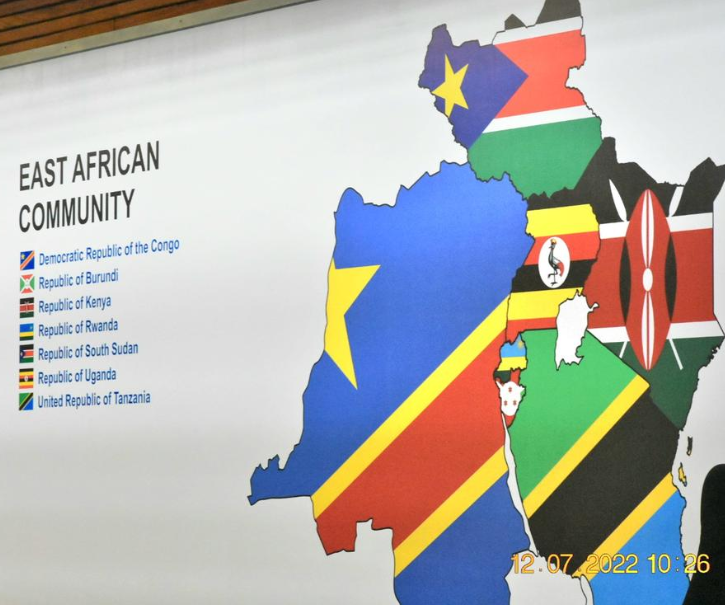
4. Intergovernmental Authority on Development (IGAD)
-
- The Intergovernmental Authority on Development (IGAD) was created in 1996.
- IGAD was preceded by Intergovernmental Authority on Drought and Development which was founded in 1986.
- It was initially formed to deal with issues related to drought and desertification in the Horn of Africa.
- The mission of IGAD is to assist and complement the efforts of the Member States to achieve, through increased cooperation;
-
-
- Food security and environmental protection
- Peace and security
- Economic cooperation and integration in the region.
-
-
- IGAD headquarters are in Djibouti.
5. Economic Community of West African States (ECOWAS)
-
- The Economic Community of West African States (ECOWAS) was set up to foster the ideal of collective self-sufficiency for its member states.
- ECOWAS is designed to create a single, large trading bloc through economic cooperation.
- ECOWAS promotes the balanced development of the region, paying attention to the special problems of each Member State, particularly those landlocked and small islands.
- The removal of obstacles to the free movement of persons and goods.
- ECOWAS headquarters are in Abuja Nigeria.
6. African Continental Free Trade Area (AfCFTA)
-
- African Continental Free Trade Area (AfCFTA) is a regional body that seeks to create the largest free trade area in the world.
- Headquartered in Accra Ghana, AfCFTA includes 55 African countries.
- AfCFTA seeks to lift 30 million people out of extreme poverty by providing a limitless ready market for goods and commerce.
Also read: List of African Countries Not Members of AU
7. Economic Community of Central African States -ECCAS
-
- The Economic Community of Central African States (ECCAS) was formed to bring peace and prosperity to Central Africa.
- ECCAS was founded on 18th October 1983 in Gabon.
- The Economic Community of Central African States headquarters are in Libreville Gabon.
- It has the mandate to mobilize resources to make Central Africa a region of peace, prosperity, and solidarity.
- ECCAS fosters the free movement of people to bring balanced development.
8. Arab Maghreb Union (UMA)
-
- The Union du Maghreb Arabe (AMU) is an alliance of Algeria, Libya, Morocco, and Tunisia.
- The North African countries formed the alliance to coordinate and harmonize the development plans.
- UMA also seeks to foster interregional trade and relations with the EU because the Member States are close to Europe.
- Union du Maghreb Arabe (AMU) has its headquarters in Algiers Algeria.
9. Community of Sahel-Saharan States (CEN-SAD)
-
- The Community of Sahel-Saharan States (CEN-SAD) was established in February 1998 in Tripoli in a summit convened by Colonel MUAMMAR AL KADDAFI, Leader of Libya.
- It consists of the following North and West African countries;
-
- Mali
- Chad
- Niger
- Sudan
- Burkina Faso
-
- Community of Sahel-Saharan States (CEN-SAD) headquarters are in N’Djamena, Chad.
- The community of Sahel-Saharan States (CEN-SAD) has the following mandate;
-
-
- Foster the free movement of persons, capitals, and interests of nationals of Member States.
- Promote free trade and movement of goods, commodities, and services from Member States.
- Promotion of external trade through an investment policy in Member States.
- Harmonization of educational, scientific, and cultural systems of the various cycles of education in the Member States.
-
-
Also read: List of All SADC Member Countries

10. African Union
-
- The African Union is an umbrella organization that includes 55 countries on the African continent.
- The AU was founded as the Organization of African Unity in May 1963 in Addis Ababa, through a charter signed by 32 heads of state.
- The African Union then succeeded the OAU in 2002.
- The African Union has been discharging its mandate which includes;
-
- To achieve greater unity and solidarity between the African countries and the peoples of Africa.
- To defend the sovereignty, territorial integrity, and independence of its Member States.
- To accelerate the political and socio-economic integration of the continent.
- To promote peace, security, and stability on the continent.
- To coordinate the existing and future Regional Economic Blocs for the gradual attainment of the objectives of the African Union.
-

